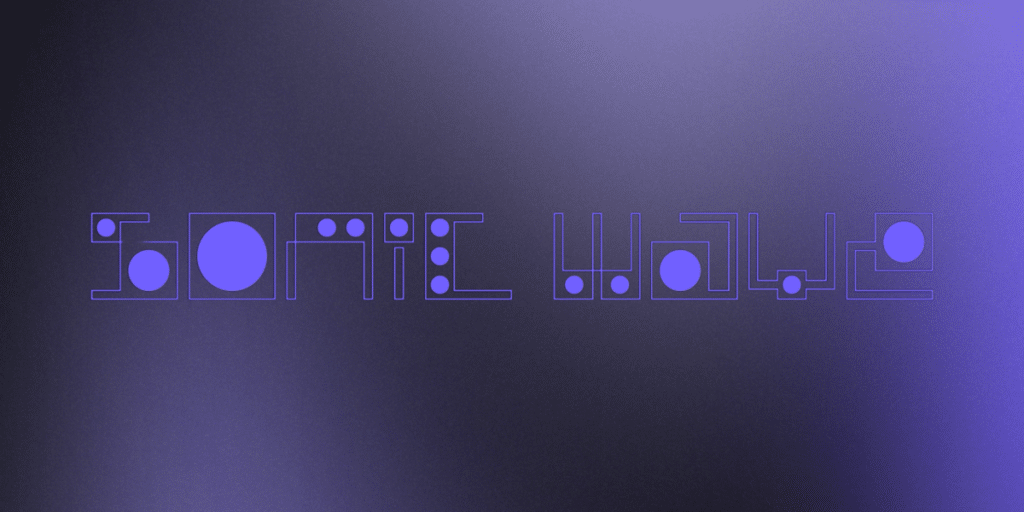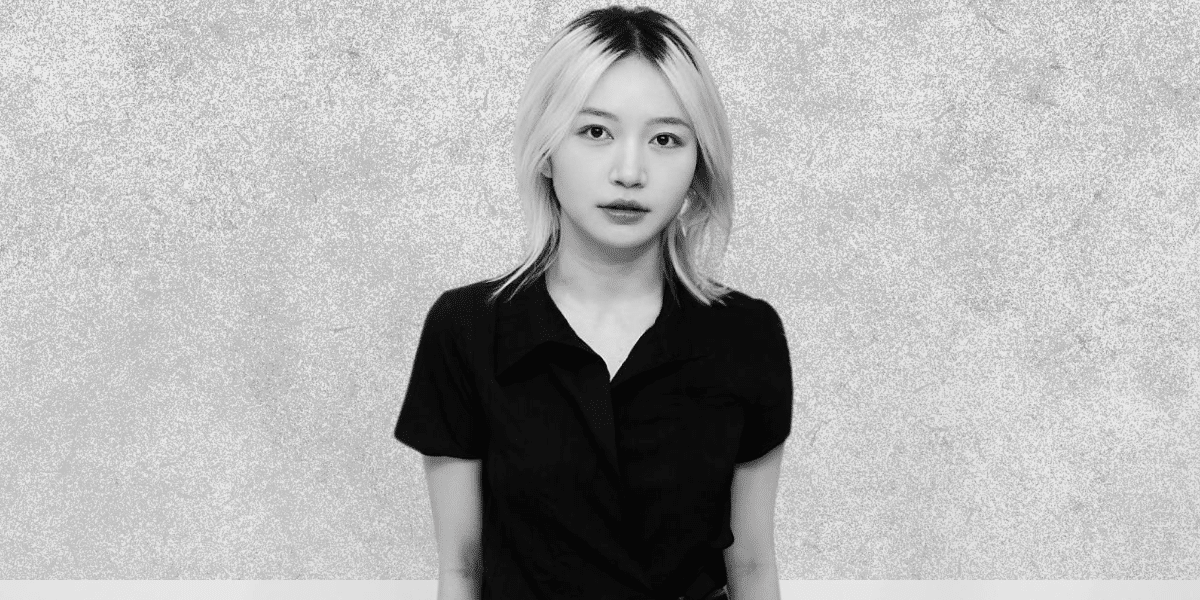By: Elena Mart
While graphic design hails from the two-dimensional world of visual elements, Harper (Qiuhan) Chen sees it differently. As digital technology reshapes our world, Harper is one of the few brave ones who dare to ask: What if design could do more? What if it could respond to our presence, adapt to our movements, and create experiences that blur the line between audience and art? By bringing together creative coding, interactive installations, and generative art, she has been pushing these boundaries so that design can create experiences that don’t just communicate visually—they respond, evolve, and engage with their audience in real time.
“We’re living in a moment where technology and art grow together. That’s where I find my passion. I love experimenting with different things in my work, like sound, code, interaction, and music. They make design not only in 2D, but people can experience and feel it. It is inspiring,” says Harper.
Harper continues experimenting with design in multiple disciplines to find new possibilities. This vision comes to life in “Kraftwerk: Robotic Rhythm,” a project where she pushes the boundaries of how we experience music and visuals together. Sonic Wave is the centerpiece of the project, a software that morphs music into a visual feast to be shaped and morphed by an audience. The music comes alive and dances across a screen, shifting and flowing as its audience adjusts its size, color, and other elements, all pulsating in perfect harmony with the music.
“What excited me was the unpredictability,” Harper says. “It felt like a live show—every performance is its own thing, shaped by the space and the energy in that moment. That’s when it hit me. Sometimes, the real magic happens when you let go and let things unfold naturally.”

This spirit opened the way for Harper to build “Cocoon/Overload,” an installation that makes design an experience. With TouchDesigner and MadMapper, Harper created an environment where letter cascades move according to audience movement. The moment they enter the room, visitors feel like they’re stepping into the subconsciousness of the internet. In this installation, the audience creates an organic atmosphere, breaking the barriers between creator and observer.
She wanted to evoke emotions in people’s minds concerning what it feels like to live in a digitally mediated world. “Think about it–we’re constantly swimming in this sea of information, right? Sometimes, it feels like we have all this power at our fingertips, but simultaneously, it’s so overwhelming. That’s exactly what I wanted people to experience physically in this space,” Harper says.
Building on these experiments with movement and response, Harper collaborated with musicians, creating visual experiences that turn music into multisensory journeys. She experimented and worked on visuals, dancing with sound and responding in real-time to the rhythm and energy of the music. “There’s something magical about live performance,” says Harper, smiling at the memory of recent shows. “When it all comes together–music, visuals, the audience’s energy–these incredible moments come out that couldn’t have existed in any other way.”
This is just the beginning of Harper’s journey into the possibilities of graphic design. “Every project teaches me something new,” says Harper. “Sometimes it’s a technical breakthrough, but more often it’s about understanding how people connect with these experiences. That keeps me going – finding a new way to interact with design.”
As technology changes, Harper exemplifies how designers may use emerging tools to create more relatable and meaningful experiences. Her way of mingling technical abilities with artistic vision puts her squarely at the forefront of a modern generation of designers.
“My goal is to enable design to speak to the audience in its voice and language,” Harper concludes. With her pioneering work and visionary approach, Harper is designing and shaping the future of visual storytelling.
Published by Charlie N.

















